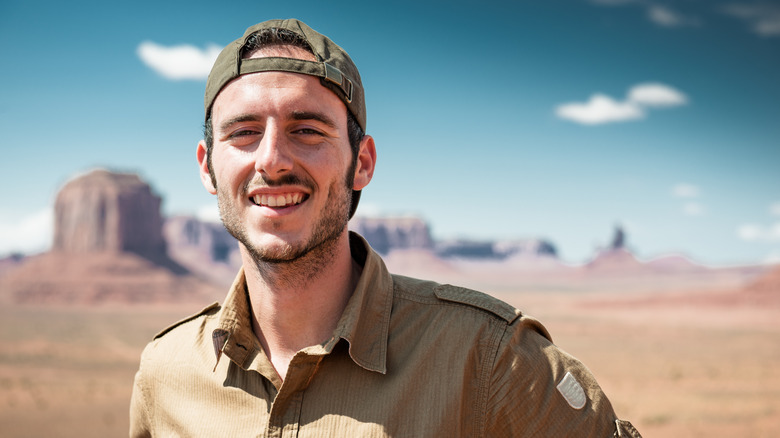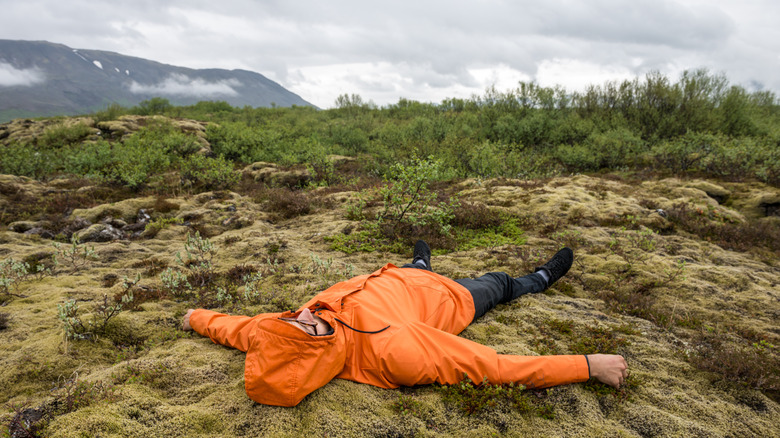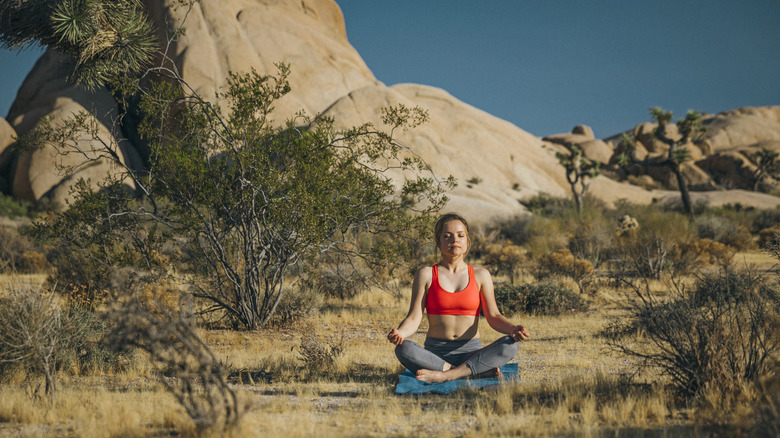The United States is blessed with a wealth of stunning natural splendor, so much so that getting out and savoring it has become a national pastime. Whether you’re scuba diving at this incredible Florida beach or heading out on a thrilling national park hike in Washington that will make you think you’re in Switzerland, engaging with the great outdoors is as American as hot dogs, baseball, and apple pie.
The immense natural playground found in the U.S. — especially in the national park system — is there for everyone to enjoy. That said, getting out into the backcountry doesn’t come without risks. From hypothermia and heatstroke to twisted ankles, broken bones, snake bites, insect stings, or just plain exhaustion, running into trouble while deep inside an American national park is a real danger. While there is no way to reduce the risk of an outdoor mishap to 0%, there are precautions you can take, like following these 12 tips to feel safer while hiking alone. These include keeping fit, packing correctly, having the right gear, learning about the area, and bringing a first aid kit along with plenty of food and water.
However, according to some national park rangers, there’s one area where visitors sometimes come up short: helping themselves. In an article in Backpacker, veteran Grand Canyon National Park ranger Bill Vandergraff explained, “What we deal with more than anything is people who say they can’t. They can’t hike out. They can’t keep going. But their legs and arms still work. Their lungs still work. Their brain has shut down.”
When the going gets tough, some shut down
Vandergraff offered his perspective on hikers who get into trouble while trekking in the Grand Canyon. “Many people think it should be easy to hike downhill so they are just overwhelmed by the realization that their body is thrashed after the 5,000-foot descent from rim to river,” he said. The shock of this can lead to hikers panicking or even shutting down completely, which can be difficult for rangers who are trying to help.
The frustration of dealing with helpless park guests is mirrored by Josh McClean, a ranger in Washington’s Olympic National Park. In an interview with adventurenw.com he recalled a time two demoralized hikers showed up at a backcountry lake campsite after slogging all day through the pouring rain. “I helped them find a campsite, but later, both were standing outside my tent. ‘We can’t get our tent pegs into the ground,’ they said, so I came back out and helped them set up their tent. Not long after that, they were back. ‘We can’t get our stove going.’ I came out again and assembled their stove, then got it started.”




